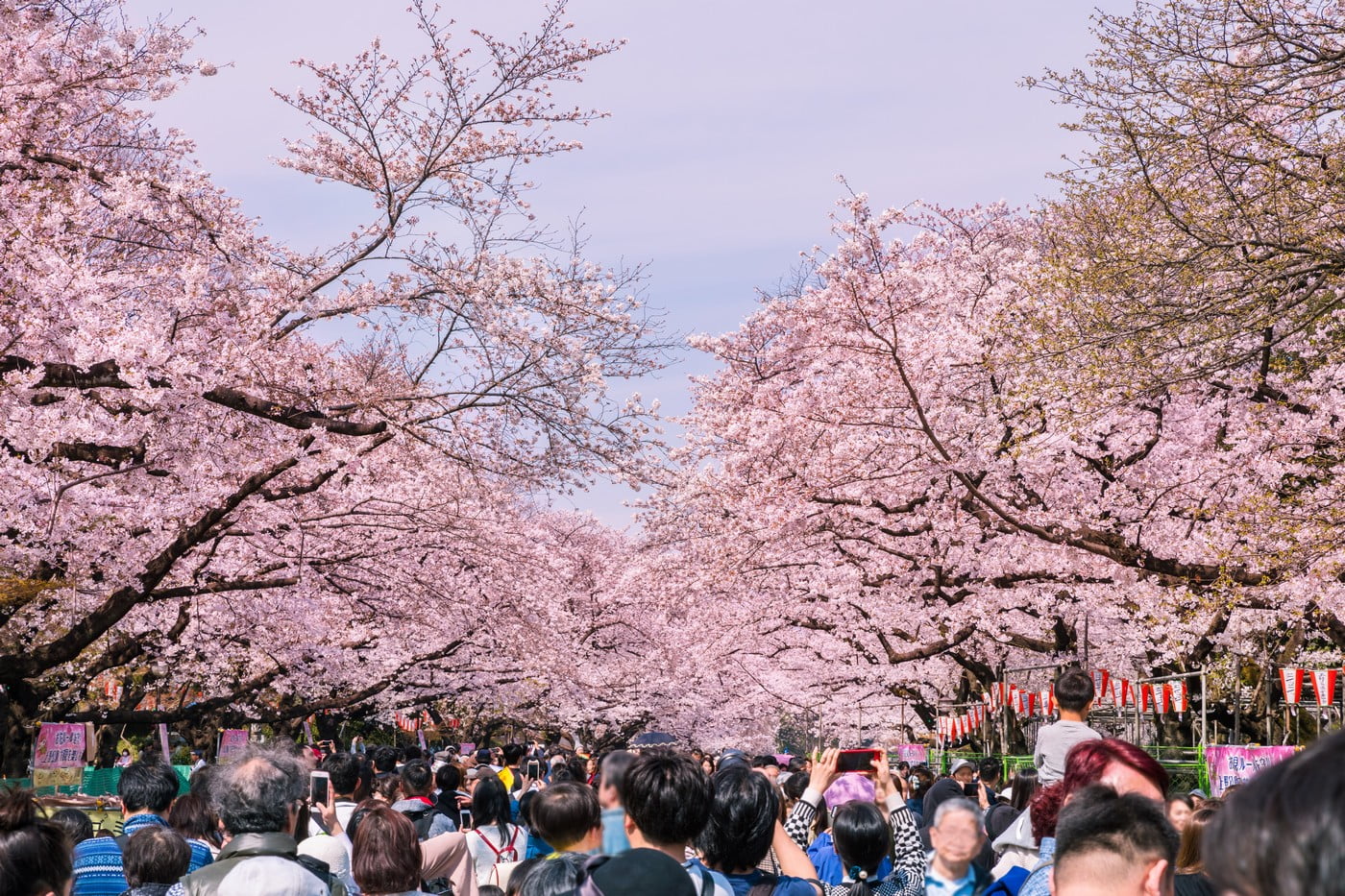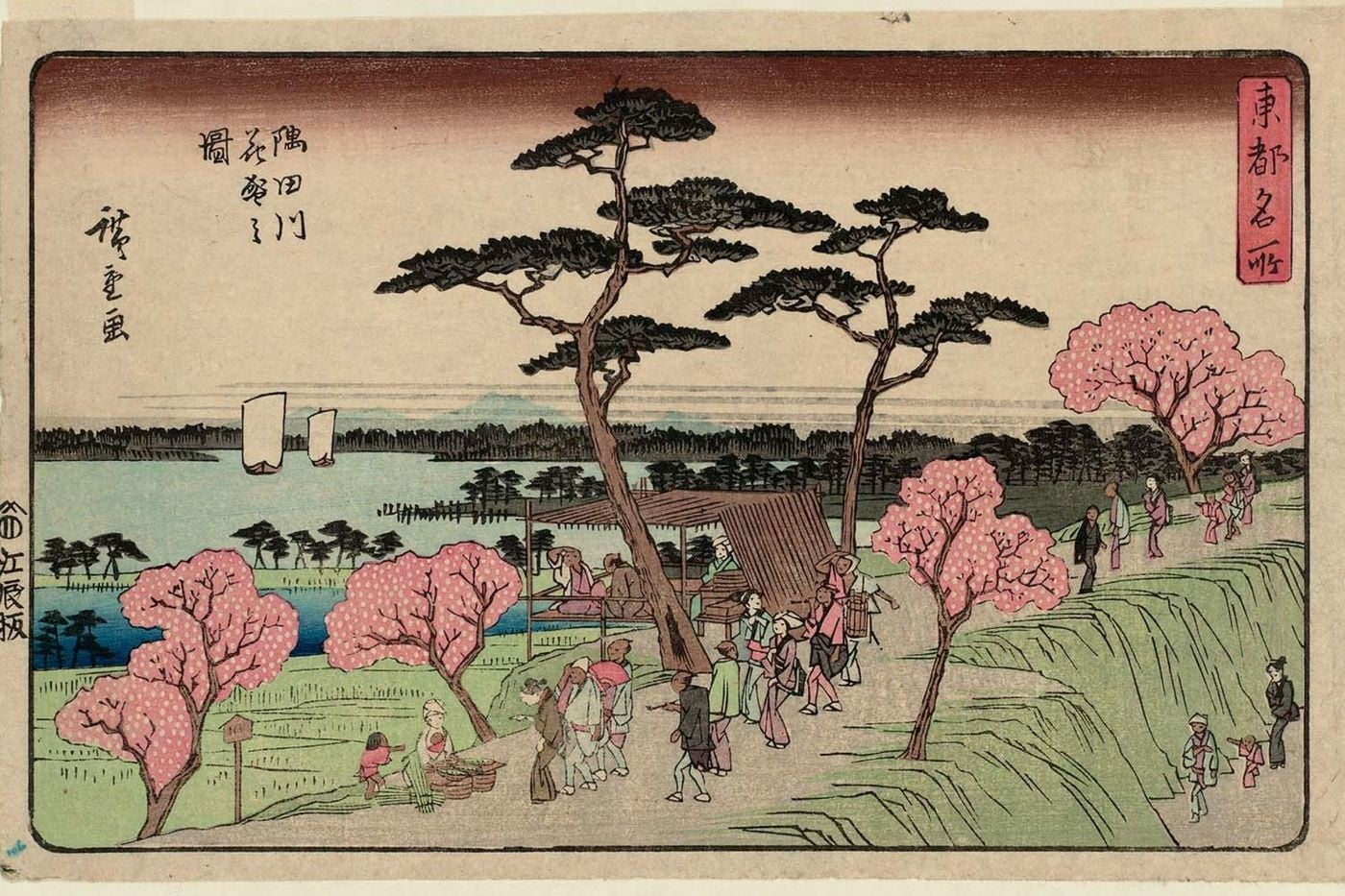With international borders slowly but surely reopening, in the wake of global lockdowns, people have been on revenge travel mode. After almost two and a half years of being restricted to visitors, Japan reopened to visa-free international travel in October 2022, and there has been a massive influx of tourists since.
People visit Japan for its vibrant traditional and popular culture, centuries-old history, exciting culinary offerings, cutting-edge technology, and state-of-the-art products, as well as its stunning natural scenery and breathtaking landscapes. Among these, the annual Cherry Blossom Festival, known as Hanami, has long-been a major attraction for tourists and locals, alike.
What makes it so special?
Every spring, Japan’s famous cherry blossom trees or sakura bloom in full glory, found along sidewalks and river banks, in public parks and gardens, lining busy city streets, and throughout quaint prefectures. It is a picturesque sight: a pristine profusion of pretty pink petals in pale pink — but it doesn’t last for very long. The Yoshi Cherry blossoms, the variety which is widespread across Japan, typically remain in full, fresh bloom for only 10-14 days, while blooming occurs over a span of only about three months out of the year.
To celebrate the transient beauty of the blossoms — a principle rooted in Zen philosophy and on the ancient teachings of wabi-sabi — thousands of people gather to hold informal cherry blossom parties or hanami (which literally means “flower-viewing”).
Aside, of course, from the beguiling, breathtaking beauty of the blooms, their time-bound transience makes the experience all the more special and magical.
Hanami’s royal roots
Once limited to the Japanese Imperial Court, hanami is a centuries-old custom that is believed to have started as early as the Nara period, in 710–794 CE. While most people typically associate hanami with sakura, the early ritual actually revolved around ume or plum tree blossoms. Plum blossom viewing is still practiced in Japan today but on a much smaller, more intimate level.
While the hanami of old was reserved exclusively as a royal festivity, the tradition eventually grew to include Japanese from all walks of life — and eventually, the celebration branched out exponentially, drawing people from all around the world. Moreover, countries like Korea, China, Sweden, and the United States have even adopted the Japanese custom, holding smaller-scale cherry blossom festivals of their own.
The setup is often comprised of low tables underneath the trees, decked with hanging paper lanterns for night-time viewings and gatherings.
The way to hanami
April is typically the best month to visit Japan, to catch the cherry blossoms in full bloom. The festivals usually run throughout the country from the 3rd week of March to the 2nd week of April. However, in many areas, sakura starts to bloom in early March, drawing crowds even before the festivals commence. In the subtropical parts of Japan, such as Okinawa, the blossoms begin to emerge as soon as February.
What happens at the festivals varies depending on where you attend, but these events generally involve a range of entertainment and activities. Of course, the focal point is sakura, and the highlights of the celebrations revolve around the fleeting beauty of the cherry blossoms. The setup is often comprised of low tables underneath the trees, decked with hanging paper lanterns for night-time viewings and gatherings.
While there are numerous spots throughout Japan to view the blossoms, the 10 most popular places are Chidorigafuchi Park (Tokyo), Mitsuike Koen (Kanagawa), Mount Yoshinoyama (Nara), Philosopher’s Path (Kyoto), Lake Kawaguchiko or Fuji Five Lakes (Yamanashi), Hirosaki Castle (Aomori), Himeji Castle (Hyogo), Osaka Castle Park (Osaka), and Nijukken Road (Hokkaido).






